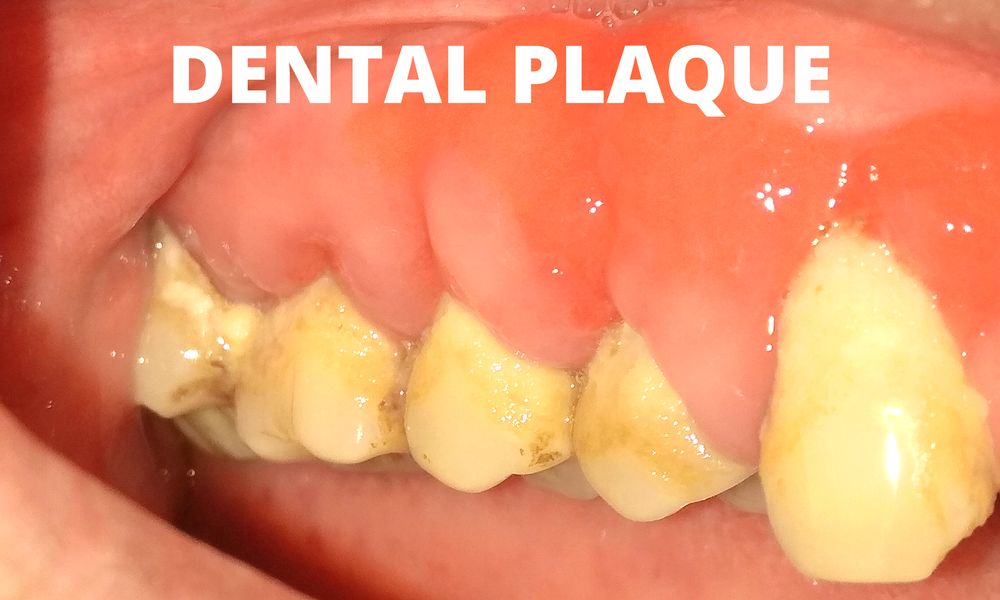Is DENTAL PLAQUE a Biofilm..??
Dental Plaque
WHO definition of Dental Plaque:
- Dental plaque has been defined as “a specific but highly variable structural entity consisting of micro-organisms and their products on tooth surfaces, restorations and other parts of oral cavity composed of salivary components like mucin, desquamated epithelial cells, debris and micro-organisms, all embedded in a highly organized extracellular matrix.” (WHO-1961)
- Dental plaque biofilm is a complex, highly organized three dimensional community arrangements of microorganisms involved in a wide variety of physical metabolic and molecular interaction that adhere to surfaces where there are moisture and nutrients.
- Dental plaque represents a true Biofilm consisting of a variety of micro-organisms involved in a wide range of physical, metabolic and molecular interactions.
- Plaques are usually colorless sticky bacterial film and hence DISCLOSING SOLUTIONS have become popular to enhance visualization. A red stained mat on the labial or buccal surface of a tooth is the prevalent image of the bacterial plaque.
- The bacterial plaque biofilm is the pathogenic locus of both DENTAL CARIES and inflammatory PERIODONTAL/GUM disease.
Picture displaying: Dental plaque build up on teeth and gumline area
DENTAL PLAQUE-TARTAR-CALCULUS

NATURE OF DENTAL PLAQUE
- Using the new tools available to us we find that the plaque biofilm is not a polyglot mass but rather specific types of MICROCOLONIES surrounded by a gel-like intercellular substance derived from the bacteria themselves, from saliva, from the gingival crevicular fluid (GCF) and the inflammatory exudate.
- The matrix serves as the pathway for fluid movement within the plaque and contains the products of plaque metabolism (acids,enzymes,toxins etc); salivary constituents (proteins, carbohydrates and salts); soluble food components; shed leukocytes and epithelial cells.
DENTAL PLAQUE FORMATION : DYNAMICS
Plaque is not an accidental accumulation of bacteria. It forms in a sequence of steps
STEP 1: PELLICLE FORMATION
- Deposition of PELLICLE, a cuticular like material derived Supragingivally from saliva and Subgingivally from gingival crevicular fluid (GCF).
- Salivary pellicle is composed mainly of glycoproteins (a mucoid type of protein containing carbohydrate) including a high molecular weight material called the “Agglutinating substance”
- This pellicle begins to form immediately after brushing, is very tenacious and can attract and help anchor specific kinds of bacteria to the tooth surface.
STEP 2: BACTERIAL COLONIZATION
- The attachement of specific species of Gram positive Streptococci to the pellicle surface is called bacterial colonization.
- These early plaques can be highly cariogenic.
- The bacteria grow divide and produce an extracellular gel called DEXTRAN, which help anchor the growing mass to the tooth and attracts and traps other bacterial forms.
- Within a few days a mixture of different types of microorganism comprise the bacterial community.
- As the planktonic microorganisms multiply and grow, they form stratified layers against the tooth surface. Filamentous microorganisms grow on the surfaces of the coccal colonies and begin to replace the cocci.
STEP 3: PLAQUE MATURATION (Biofilm development and growth)
- The development of complex flora-plaque maturation is the next step in the formation of dental plaque biofilm.
- The microorganisms in the community will secret extracellular polysaccharides which are produced by the bacteria in response to sucrose and fermentable carbohydrates.
- this mature plaque is responsible for the initiation of Periodontal/Gum disease.
FORMATION OF CALCULUS:
- In areas opposite the salivary glands and in subgingival areas where the fluids are rich in calcium and phosphates, the deeper layers of bacteria can become mineralized.
- Individual foci of calcification form, enlarge and coalesce and calculus forms.
- The mineralized layers of plaque are always covered by unmineralized plaque so that the formation of calculus is a special aspect of plaque formation and not a separate process.
